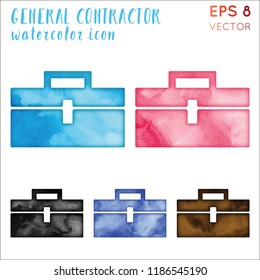Explore The Duty Of Seasonal Factors In The Success Of Business External Painting And Uncover The Very Best Times To Secure Lasting Outcomes For Your Task
Explore The Duty Of Seasonal Factors In The Success Of Business External Painting And Uncover The Very Best Times To Secure Lasting Outcomes For Your Task
Blog Article
Uploaded By-McLamb Chaney
When you're intending a commercial exterior paint job, seasonal variables can make or damage your outcomes. You'll want to consider just how temperature and moisture influence paint application and drying times. Selecting the best period can guarantee your paint sticks correctly and lasts longer. Yet which seasons are truly the best for this kind of job? Allow's check out the crucial elements that can influence your task's success.
The Effect of Temperature on Paint Application
When you're intending a business exterior paint job, the temperature can dramatically impact exactly how well the paint adheres and dries out.
Ideally, Recommended Browsing want to repaint when temperatures vary between 50 ° F and 85 ° F. If it's also cold, the paint may not cure properly, bring about problems like peeling off or breaking.
On the other side, if it's too warm, the paint can dry out also swiftly, avoiding correct bond and causing an unequal coating.
You must also take into consideration the moment of day; early morning or late afternoon uses cooler temperature levels, which can be a lot more beneficial.
Constantly inspect the manufacturer's recommendations for the details paint you're utilizing, as they frequently offer advice on the perfect temperature level variety for optimum results.
Humidity and Its Result on Drying Times
Temperature isn't the only environmental variable that affects your commercial outside painting task; humidity plays a considerable role too. High moisture levels can reduce drying times considerably, affecting the overall top quality of your paint job.
When the air is saturated with dampness, the paint takes longer to treat, which can result in concerns like poor bond and a higher risk of mildew development. If you're painting on a particularly humid day, be gotten ready for extensive delay times between layers.
It's crucial to check local weather conditions and plan accordingly. Ideally, aim for humidity levels between 40% and 70% for ideal drying out.
Maintaining these consider mind guarantees your job remains on track and supplies a long-term surface.
Best Seasons for Commercial Outside Painting Projects
What's the best season for your industrial exterior painting tasks?
Spring and very early fall are normally your best bets. During these periods, temperature levels are mild, and moisture degrees are commonly lower, developing perfect conditions for paint application and drying.
Prevent summertime's intense heat, which can create paint to dry as well swiftly, resulting in inadequate bond and coating. Likewise, winter's cool temperature levels can prevent appropriate drying and healing, risking the longevity of your paint job.
Go for mouse click the following post with temperature levels between 50 ° F and 85 ° F for optimum results. Remember to check the neighborhood weather report for rain, as damp problems can wreck your job.
Preparation around these variables ensures your paint job runs smoothly and lasts much longer.
Conclusion
In conclusion, intending your industrial outside paint projects around seasonal factors to consider can make a considerable difference in the end result. By organizing work during the suitable temperatures and humidity levels, you'll make sure far better bond and drying times. Remember to watch on neighborhood weather prediction and select the correct time of year-- spring and very early loss are your best bets. Taking these actions will certainly aid you attain a sturdy and professional finish that lasts.
